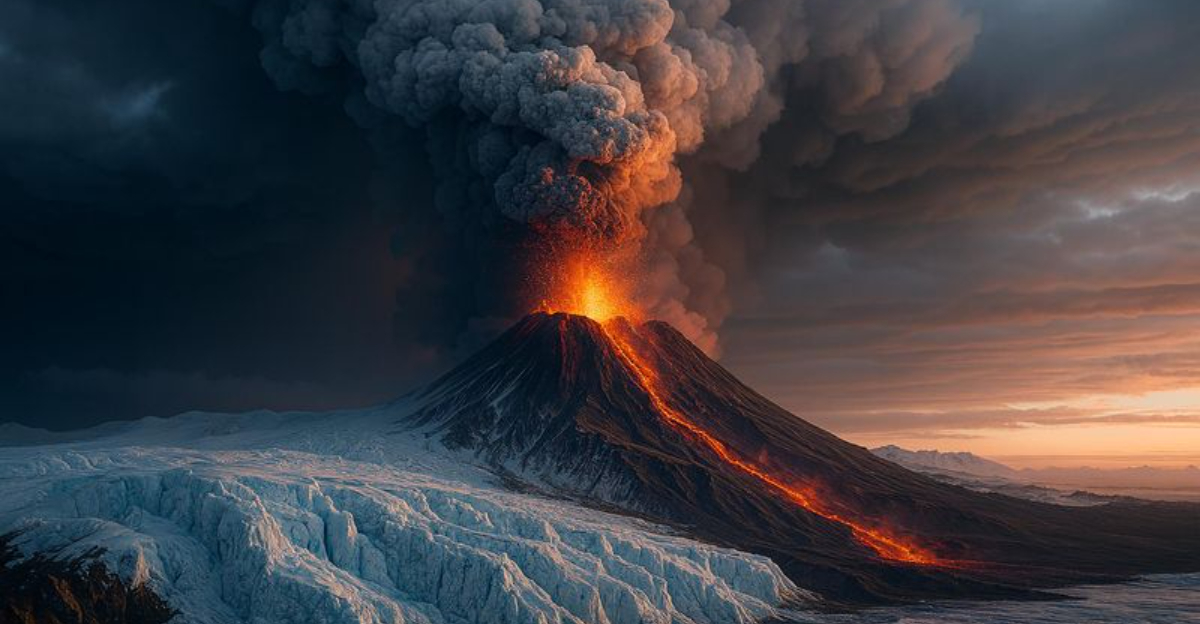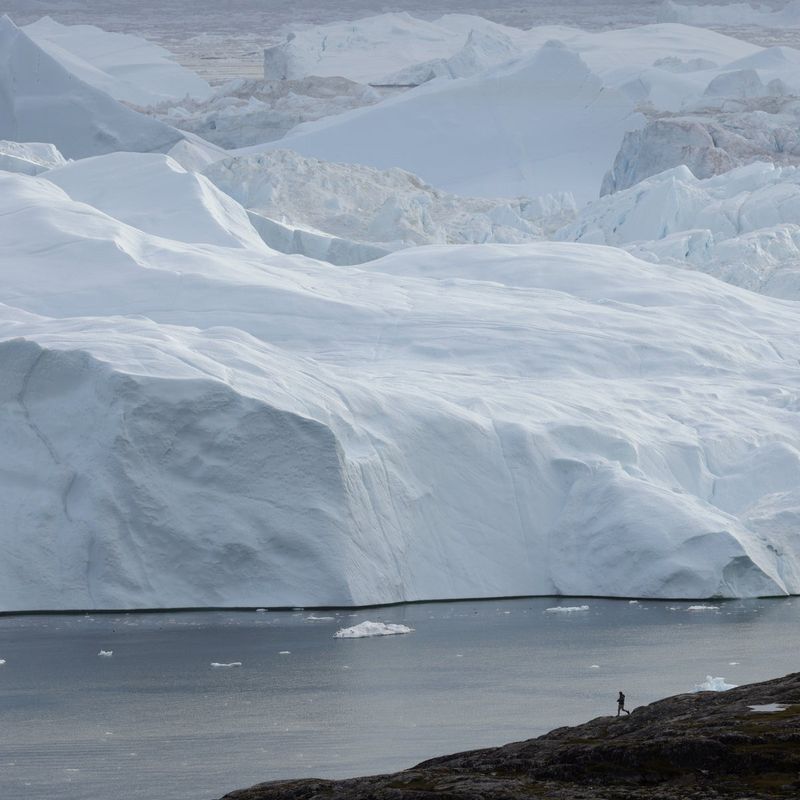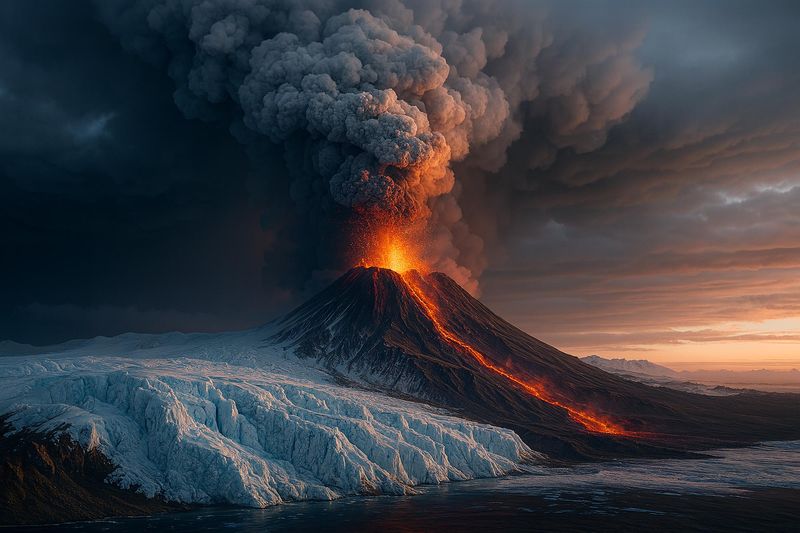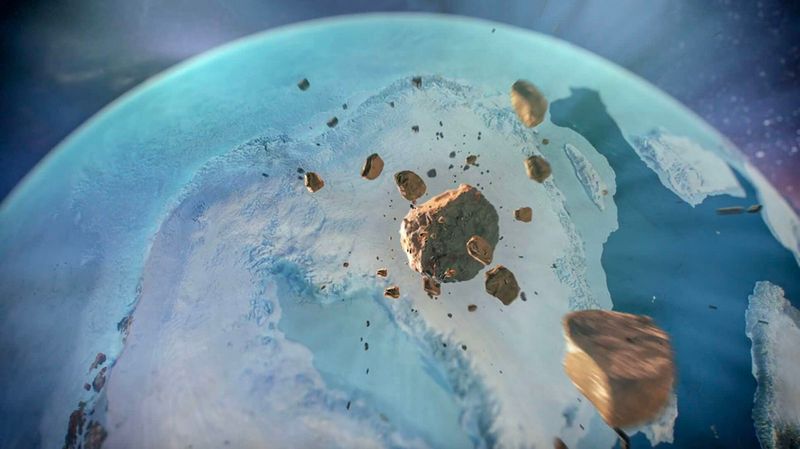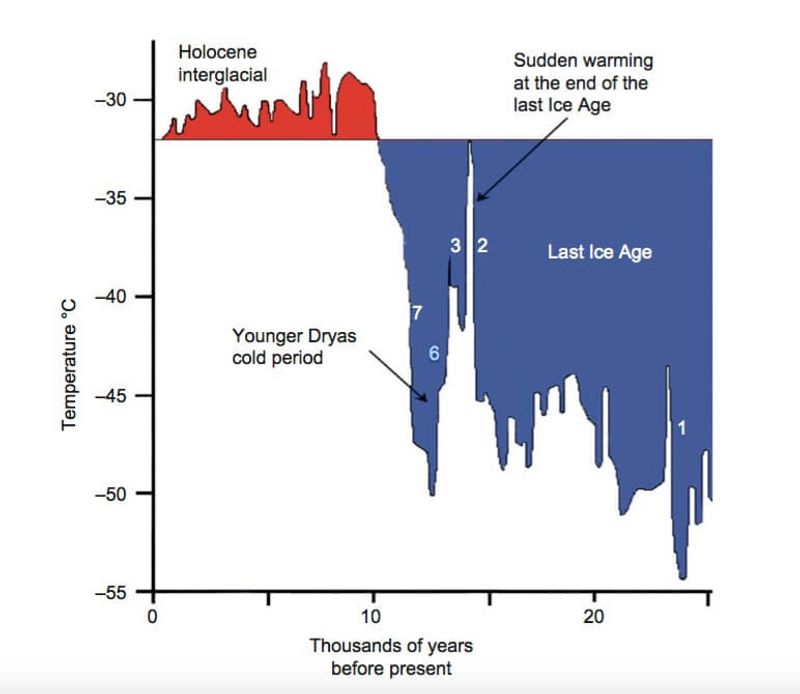Deep inside Greenland’s ancient ice, scientists discovered something strange: a sudden burst of platinum dating back nearly 13,000 years. This mysterious spike appeared right when Earth experienced a dramatic cooling event called the Younger Dryas. Could it be evidence of a hidden volcano erupting beneath the ice, or does it point to something else entirely, like a meteor strike? The discovery has sparked a fascinating scientific debate that could change how we understand past climate shifts.
The Strange Platinum Spike Discovery
When researchers drilled deep into Greenland’s ice sheet, they found layers that act like pages in Earth’s history book. One layer from around 12,800 years ago contained unusually high amounts of platinum, a rare metal not commonly found in ice.
This platinum concentration was so significant that it immediately caught scientists’ attention. The timing matched perfectly with the start of the Younger Dryas, a period when global temperatures suddenly dropped.
Most ice cores show steady, predictable patterns, but this spike stood out like a red flag. Scientists now face the challenge of explaining where all this platinum came from and whether it played any role in triggering the ancient cold snap that followed.
Why Scientists Think It Could Be a Volcano
Volcanoes are natural platinum producers. When they erupt, they release gases loaded with heavy metals, including platinum, which can travel through the atmosphere and settle on distant ice sheets.
Greenland sits close to Iceland, one of Earth’s most volcanically active regions. Subglacial eruptions—volcanoes that explode beneath ice—are known to occur there, sometimes lasting years or decades. The platinum spike’s 14-year duration fits this volcanic timeline perfectly.
However, there’s a catch: no one has yet found direct evidence of a volcanic crater or lava beneath Greenland’s ice in that specific area. Without geophysical imaging showing a magma chamber or vent, the volcanic theory remains intriguing but unproven, leaving room for alternative explanations.
The Meteorite Impact Alternative Explanation
Maybe it wasn’t a volcano at all. Some scientists believe the platinum came from space—specifically, from a meteorite or comet that slammed into Earth.
Meteorites often carry platinum and other rare metals. When they strike our planet, they scatter these materials across wide areas. The Younger Dryas timing makes this theory appealing, since a massive impact could have thrown dust into the atmosphere, blocking sunlight and causing rapid cooling.
Yet recent chemical analysis throws a wrench in this idea. The platinum-to-iridium ratio in the Greenland ice doesn’t match typical meteorite signatures, which usually show high iridium levels. This chemical mismatch suggests the platinum might have come from somewhere else entirely, keeping the meteorite hypothesis on shaky ground.
What This Means for Climate Science
Solving this platinum puzzle matters far beyond scientific curiosity. If a volcanic eruption actually occurred beneath Greenland’s ice, it would reshape our understanding of what triggered the Younger Dryas cooling event.
Climate scientists currently believe freshwater pulses from melting ice disrupted ocean currents, causing the temperature drop. Adding volcanic aerosols to the equation would create a more complex picture of ancient climate change.
Moving forward, researchers plan to conduct seismic surveys beneath Greenland’s ice, analyze additional ice cores, and build computer models simulating volcanic climate impacts. These investigations will help determine whether we’re looking at buried volcanic evidence or something else. Either way, the answer will improve predictions about future climate shifts and Earth’s response to major geological events.
